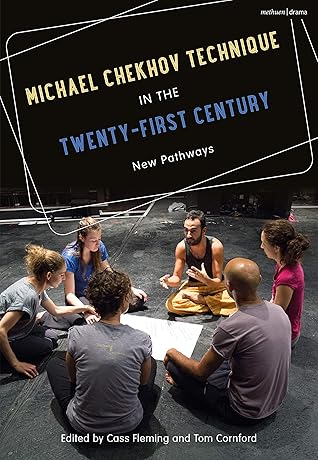This use of a rhythmical law makes the scene much stronger. [. . .] when [the latter scene] is done in this immovable way, the previous scene comes to the mind of the audience, [. . .] there are rhythmical means to preserve the scenes which are [. . .] passed [. . .] they can be brought back. And this is one of the most important laws of rhythm. We want to preserve everything which has been done before in this scene. [. . .] If we are able, by means of rhythm, to keep everything which has already passed, and to bring it somehow back, we give the audience the opportunity to experience the
...more
Welcome back. Just a moment while we sign you in to your Goodreads account.


